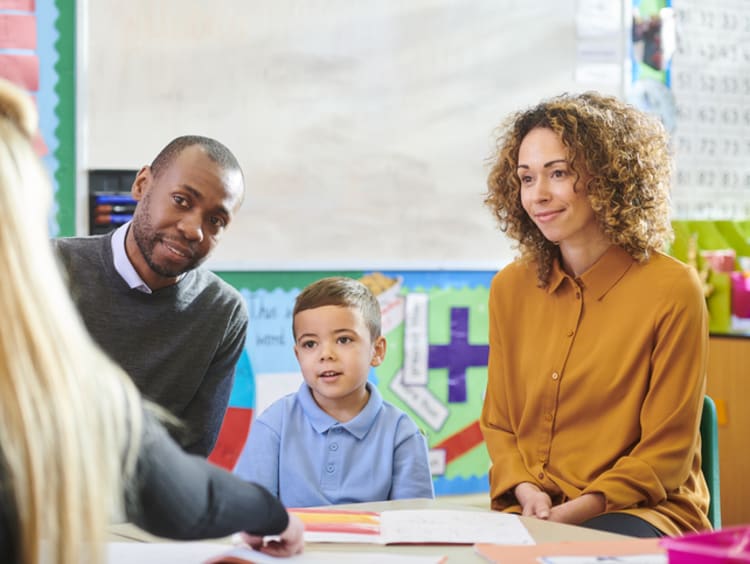Teaching Tuesday: Educating Families to Service Students

Educating and training children in today’s world requires an approach that is founded on meaningful engagement and collaboration with families. As an educator, it is essential to support families as they work to reinforce the lessons from class. Encouraging a relationship with families can provide a suitable environment for children to thrive, making academic and social-emotional gains as the school year progresses. Teaming up with families can help support learning over the summer as well. One strategy that has been effective in engaging families is literacy sessions.
Meaningful, Focused Collaboration
Provide families with hands-on strategies in virtual or in-person sessions. When you provide literacy strategies and model how to teach various skills, families can utilize them in the home, during breaks and summertime holidays. Consider using some of these tips to strengthen your family literacy sessions.
As an educator, start by establishing and nurturing the class and family community. As the session begins, use an ice-breaker activity so the participants can learn about one another. This will help strengthen the sense of community.
Always celebrate successes and consider rewarding students who have demonstrated improvements in various academics with a public shout-out. When families witness that their students are succeeding, they are more likely to be engaged in further supporting their education at home.
Communication Is Key
Ask thought-provoking questions. For example, you can demonstrate reading a sample text; think aloud as you read the text and ask thought-provoking questions. You can have the audience members act as students and answer those questions. Families who speak English as a second language can use a wordless picture book as example "text" to “read” the book to students in their native language. By doing this, you are validating the critical importance of maintaining and strengthening the family’s native language and its contribution to the student’s literacy skills.
Keep it clear and simple. Less is more. You need to make sure to provide manageable and relevant skills, processes, tips and tricks. Each home is diverse, with many moving parts. While it may be really tempting to get creative and explore some complex classroom lessons, it’s important to provide families with strategies that are simple, fun and engaging.
Share Resources
Do you have a favorite educational website or free web-based tool? Do you know of a local resource or support that is free or has a minimal cost? Spread the word! There are a great variety of tools and resources available. Sometimes this can be difficult to navigate, and families may not have the time to sift through resources or know where to look. This can be a fabulous way for you to share your educational knowledge and expertise.
Centering attention on building positive relationships with engaging families not only helps students thrive, it allows a space for positive ripple effects within the school and larger community. It really does take a village to raise a future citizen who cares about the community and makes contributions to its welfare.
Want more? Check out all of the articles from Teaching Tuesday and return each week for a new post. To learn more about the College of Education and our degree programs, join in our efforts to elevate the education profession.
The views and opinions expressed in this article are those of the author’s and do not necessarily reflect the official policy or position of Grand Canyon University. Any sources cited were accurate as of the publish date.


